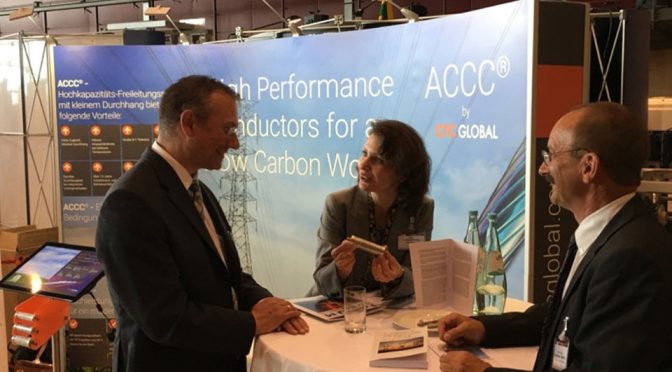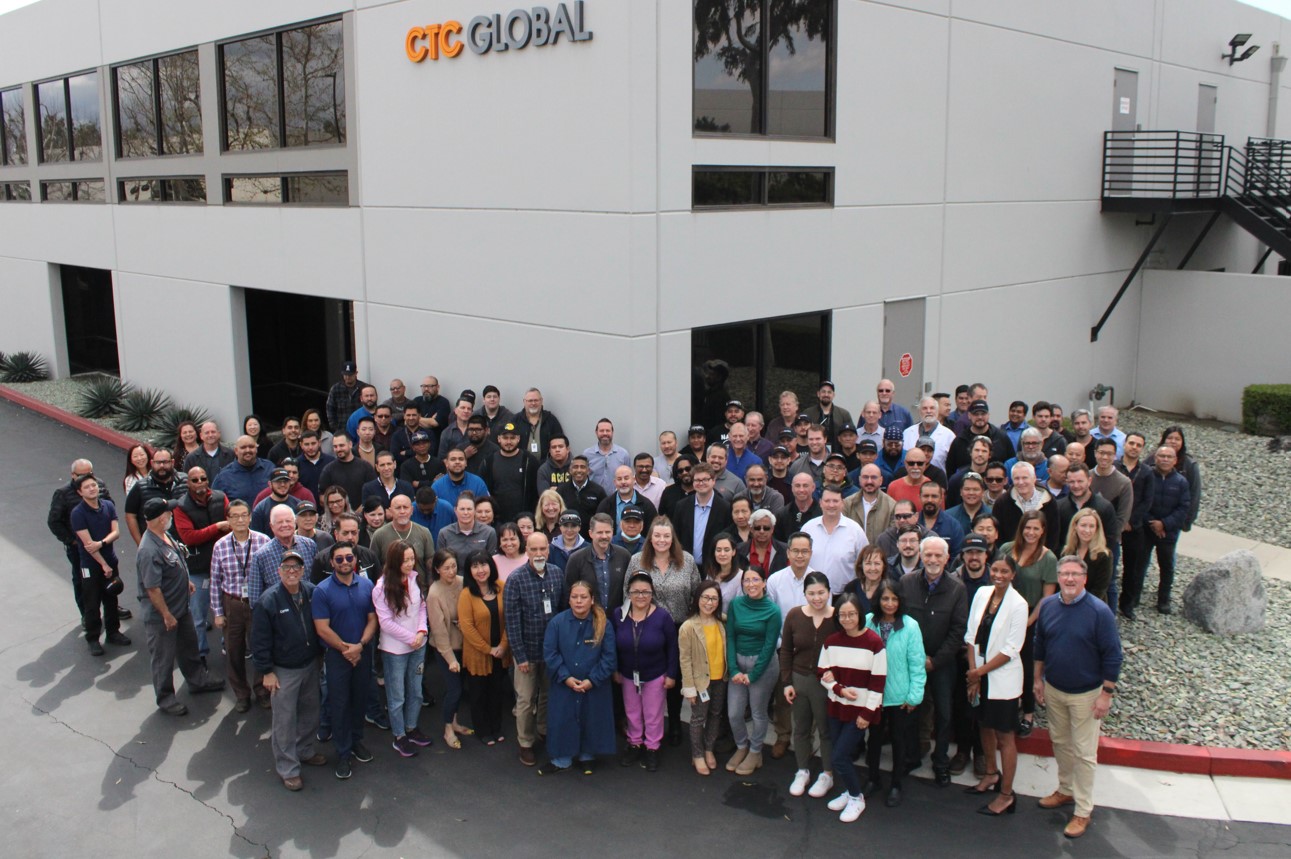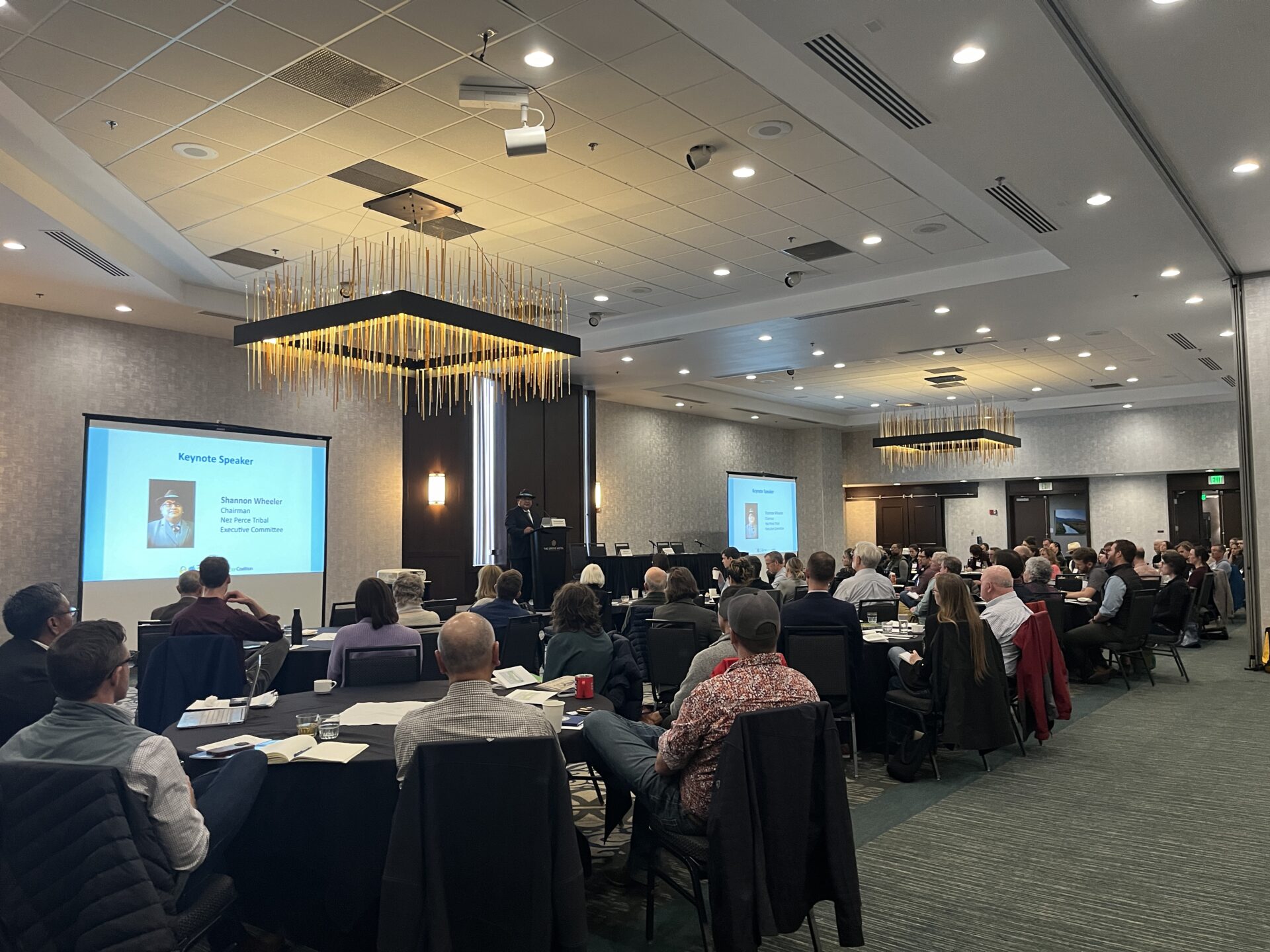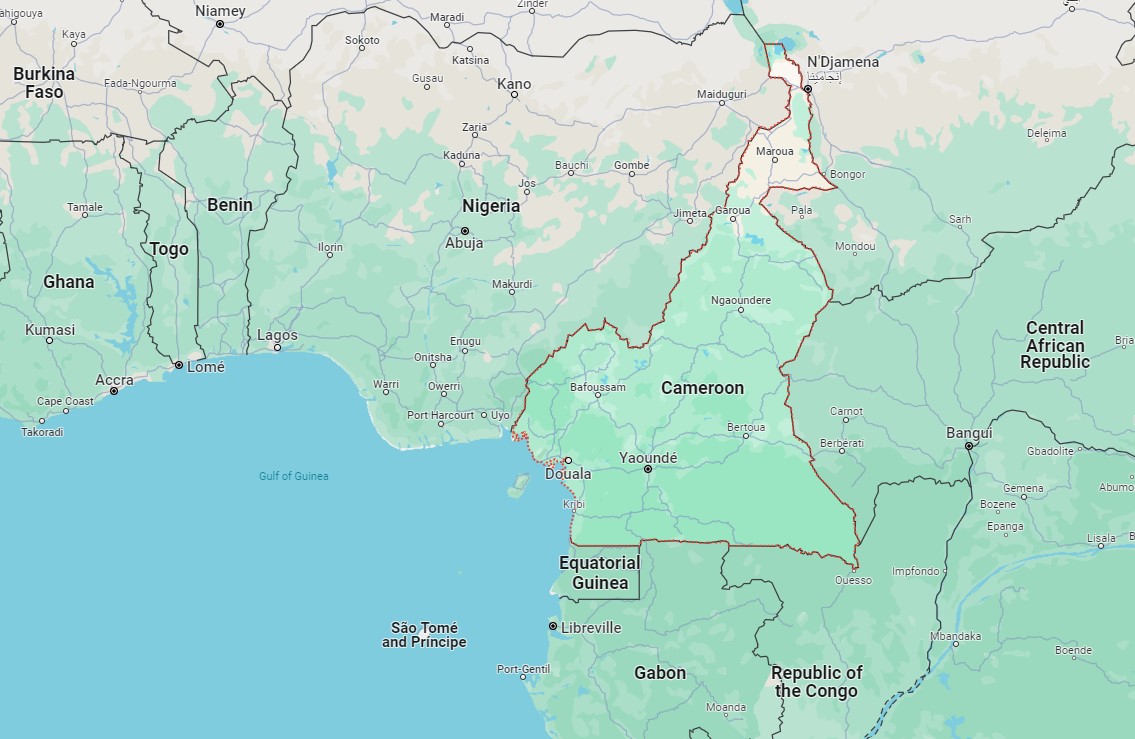High-Performance ACCC conductor presented in German Network Development Conference at annual get-together of the German Transmission and Distribution Operator community “Netzbau Konferenz” in the beautiful city of Dresden. At this German Network Development Conference event, various technical papers were presented to a group of approximately 400 delegates that are working on the German “Energiewende,” a long-term plan outlining the development of the grid to meet future needs as generation and supply convert to low/zero emissions requirements in the near future.
A part of the “NOVA Prinzip” (optimization before upgrade before new-build), the increased utilization of HTLS conductors is envisaged in the coming five years or so. This being the case, the organizers of the event approached CTC Global in late 2017 to deliver a paper comparing and contrasting the different approaches to HTLS conductors.
As Germany borders, eight other European countries the issue of Interconnectors will play a significant role in this, and other neighboring markets as the European network is strengthened in the coming years.
“The key to our paper was to explore a range of HTLS technologies, including the use of composite core conductors,” advised Peter Hughes, CTC Global’s Vice President of North Europe. “We, therefore, teamed-up with Lamifil, a leading European conductor manufacturer, to deliver a paper comparing ACSS, Invar, Gap and ACCC.”
The presentation comprised two distinct parts: What different HTLS conductors offer, followed by an analysis of the performance of these conductor types in terms of capacity, losses/CO2 emissions and sag. CTC Global’s well-known CCP software program, which is compatible with PLS CADD and other line design software, was used as the basis for data analysis.
CTC Global has had a direct presence at this event, and other German-speaking forums since 2016. “We see the German market as one of the most technically advanced in the world, but one which carries its own set of challenges,” said Hughes. “We look forward to working with our partners to provide innovative solutions to local bottleneck issues and identifying where composite-cored conductors can play a role in the German, and European Interconnector markets.”






